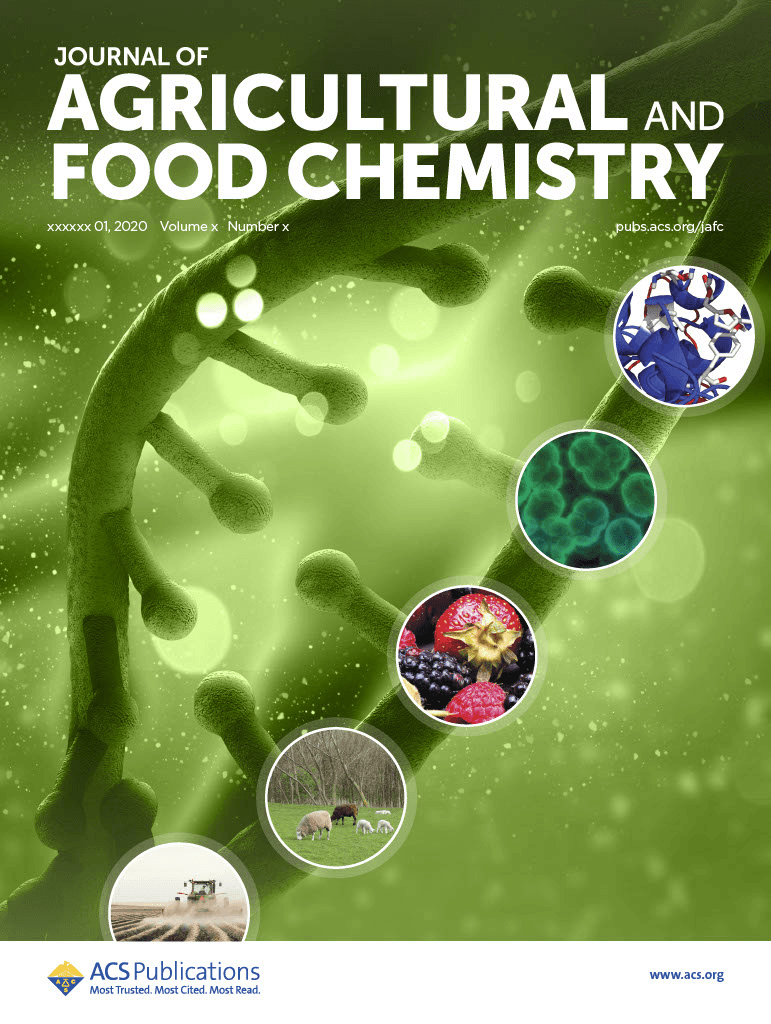Global sunflower production is estimated at almost 60 million tons, but with only the seeds harvested for food or oil production, the rest of the plant is usually cast aside. Now, new research unveils the power of certain sunflower byproducts in fighting postharvest fungi.

The sunflower is a widely recognizable yellow disc, with its huge face of seeds surrounded by a mane of bright petals. Fields of sunflowers are a joy in late summer, turning their heads in unison to track the sun across the sky. But when the seeds are harvested, much of the plant is wasted. Yet the receptacle—the large, pithy plate that holds the seeds and connects the head to the stem—contains many phytochemical constituents that could help in the fight against certain plant pathogens.
Interestingly (and as many gardeners will know), sunflowers are resilient in harsh environments, and even the most neglected seedlings can grow into towering giants. The humble sunflower can also withstand many plant diseases—a fact that attracted the attention of researchers from the Kunming Institute of Botany in China, who suspected this sunny annual might contain useful bioactive ingredients.
The team began investigating the sunflower receptacle's bioactivity against phytopathogenic fungi—in particular, the gray mold Botrytis cinerea (if you've ever opened a carton of fuzzy blueberries, here's the culprit). Overall, they isolated 17 diterpenoids, including four new compounds. Most of these isolated compounds showed potential antifungal activity against B. cinerea, and several were able to destroy plasma membrane integrity, suspend biofilm formation, and increase leakage of the fungi’s cellular contents. When an extract made from the sunflower receptacle was applied to blueberries, it was able to keep almost 43% of the fruit free from B. cinerea invasion.1
These findings, published in the Journal of Agricultural and Food Chemistry, suggest the sunflower receptacle could be used as a biocontrol agent for preventing fruit from spoiling after it is harvested—preventing significant economic losses and food waste.
Previous work from researchers at this institution reveals additional insight into plant pathogen-fighting compounds. In 2021, a team isolated compounds from Rhynchanthus beesianus, an edible ginger commonly grown in China and thought to have anti-inflammatory and antibacterial activity. In total, the authors found 15 phenolic compounds in the rhizomes, including three new diarylheptanoids and one new phenylpropanoid. Most of the compounds showed significant antioxidant activities and could significantly inhibit reactive oxygen species production, while some also prevented cell apoptosis.2
This work is important, since plant pathogens such as fungi, nematodes, bacteria, and viruses can result in massive global crop losses. Among these, pathogenic fungi such as B. cinerea affect a huge number of plant hosts and are a public concern and research priority. Until now, synthetic fungicides have been the main method of control, but their repeated use leads to resistance, and many researchers are now looking for new, nontoxic compounds with high antifungal activity. Other work has uncovered a possible role for tavaborole, a cyclized boronic acid which has shown efficacy in protecting tomatoes and grapes against gray mold.3
References
- Zhao, Y. et al. New and Antifungal Diterpenoids of Sunflower against Gray Mold. J. Agric. Food Chem. 2023, 71, 44, 16647–16656.
- Zhu, P-. F. et al. Antioxidant and Cytoprotective Effects of New Diarylheptanoids from Rhynchanthus beesianus. J. Agric. Food Chem. 2021, 69, 22, 6229–6239.
- Zhao, W-. B. et al. Tavaborole-Induced Inhibition of the Aminoacyl-tRNA Biosynthesis Pathway against Botrytis cinerea Contributes to Disease Control and Fruit Quality Preservation. J. Agric. Food Chem. 2022, 70, 39, 12297–12309.
